ZigBee is a device that recognizes uncomplicated frequencies when interpreting information between two or more devices. The primary use is the communication between various devices with short range, low consumption, low transmission rate, intermittent data, typical applications with intermittent data, and low reaction time data transmission.
This guide educates you on what the functions and applications of the Zigbee product.
1. What is ZigBee and How it works?
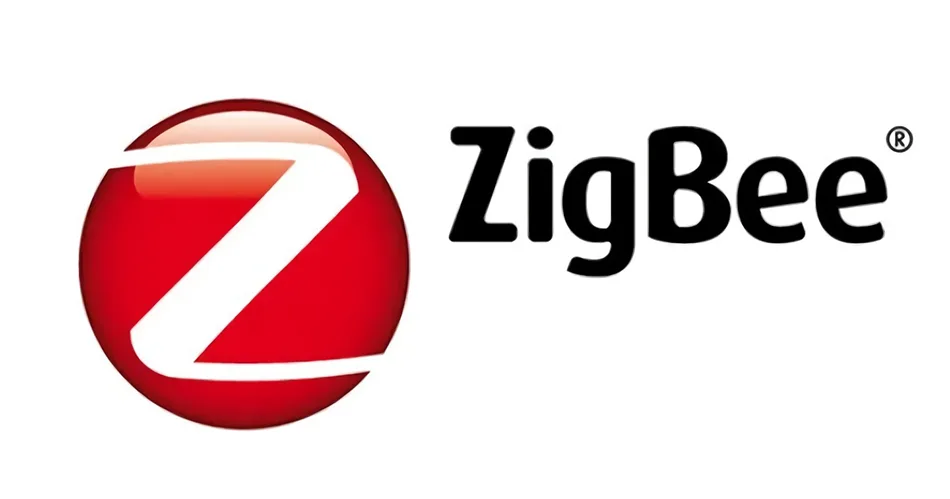
ZigBee technology comes from bees. Bees use flowers and the cultivation of pollen to communicate between themselves. By flying in a ZigZag pattern, they alert the other bees to an area of abundant pollen production. The Zigbee device is named for this pattern of communication. It has had multiple different names, and titles that are describing a technology that has been reproduced but is originally called Zigbee.
Composed of other wireless transmissions, the ZigBee is the platform that enables this process. A generous distance, 75m, can be the extended circumference from the source network node.
All ZigBee network nodes can monitor, transfer, and collect data. These nodes also work as a family. The network node or “parent” can connect with and provide the interaction necessary to transmit and receive information wirelessly to the “child” node which can be multiple different units in various locations. The “child” node is limited while the “parent” has fully functional applications. Named as (FFD) for the “parent” node and (RFD) for the “child” the family interacts with each other with similar rules.
2. Is ZigBee better than WiFi? Zigbee VS Wi-Fi.
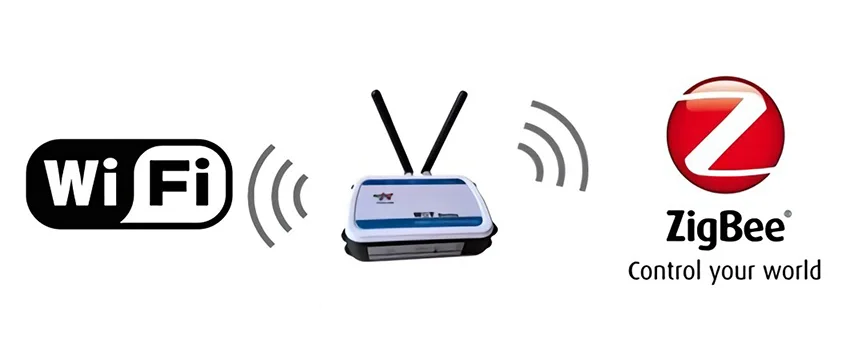
1. The speed to which the data is transmitted
The ZigBee’s data is transferred at a low-level (<250Kbps), but the power consumption is practically non-existent making power consumption minimal. Tests have concluded the battery life is extended to three months.
WiFi is still considered a hefty consumer and comparable to LAN, with rates as large as (11Mbps). Also, an external power supply provides an over-abundant contributor.
2. Multiple features and their environmental applications
Situations such as low transmission rates, low power consumption are admirable and are what ZigBee is used for. Networks using sensors in applications involving the evaluation of industrial and environmental controls are the areas improved by the network called ZigBee.
WiFi is used over an area. Buildings, specifically, are what most think of when picturing an area but can be extended to the surrounding environment. Usually, one hundred meters, the range comes in the form of a router that connects to the devices using it for the transmission of data.
3. Zigbee and how it relates to other products globally
ZigBee is new. 2004 saw the emergence of this technology. While it was the first of many to appear, the promotion of Zigbee was dampened by cost and reliability issues.
WiFi is a vast information highway with a lot of applications.
The difference is extreme between the two – WiFi and Zigbee. Yet, the competition globally is similar, making it difficult to market. The aspect of interference from the meshing of the two technologies has made it harder to promote. Resulting in the lack of exposure to Zigbee.
3. Zigbee and the variations:
• In December 2000, a group came together to introduce the IEEE 802.15.4 standard.
• The ZigBee Alliance was launched in August 2001.
• The ZigBee 1.0 standard (aka ZigBee2004) was finalized in December 2004 and later announced and made available for download in September 2005.
• December 2006 – Zigbee 1.1 is launched. A revision of the original. Alternatively known as ZigBee2006. It has made a number of modifications compared with the original ZigBee 1.0. These new features are the ZCL, the programs’ “cluster” library, Group Device, and recording of Multicast used on the Zigbee network. Also, a feature was removed: Key Value Pair formatting or the acronym (KVP).
• ZigBee standard was revised again in October 2007 (called ZigBee2007), launched ZigBee and ZigBee Pro Feature Set two instruction sets. This new standard ZigBee Alliance focuses more on three application types of expansion including: 1. Automation of the Home 2. Automation of commercial buildings 3. The infrastructure of advanced meter recording.
4. Introduction to Zigbee communication protocol
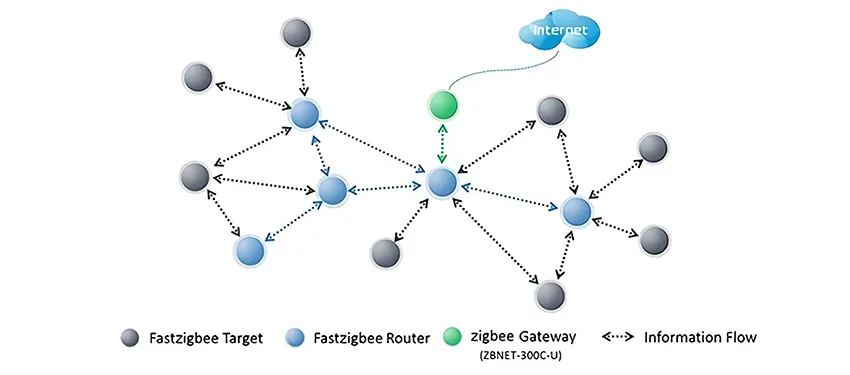
Zigbee, like other wireless communication protocols, is constantly evolving. From the original mesh network to the development of operational layers for several types of products, to the latest ZigBee3.0, which strongly supports the interoperation of thirty-five distinct types of products.
Based on IEEE802.15.4 standard, ZigBee is applied in the field of wireless network data monitoring and control applications, with special emphasis on simple and easy to use, short distance, low transmission rate, low power consumption (long battery cycles) and very low-cost product market positioning. It can be widely used in the industrial Internet of Things, home automation, medical care, intelligent agriculture, consumer electronics, remote operation, and other industries, with broad application prospects.
Expounding the significance of the ZigBee communication protocol is huge. Independent companies in the past, every company has its own technology and standard regulation, and had only each other between the wireless communication modules. Independent companies had not been formed to keep effective communication and because of this, the interconnectivity become meaningless. ZigBee standardizations’ positive significance; through the communication link to each other, making everything connected, promote the rapid and healthy development trend of the industrial Internet of things, making our work and life more intelligent and convenient.
5. Introduction to Zigbee communication frequency
The mainstream is 2.4G. There are also European bands, 868MHz, and North American bands, 915MHz.
In most countries around the world, you have to pay for frequency usage to use radio equipment, including cell phone communications. It’s just that the mobile operator or service provider has already paid this fee to the state and collected it from users in numerous ways.
Free frequency band refers to a band divided by each country according to its actual situation and considering the consistency with the regulations of other countries in the world, which is specially used for industrial, medical, and scientific research (ISM band). Zigbee can be used free of charge.
6. Zigbee Networking technology (Mesh)
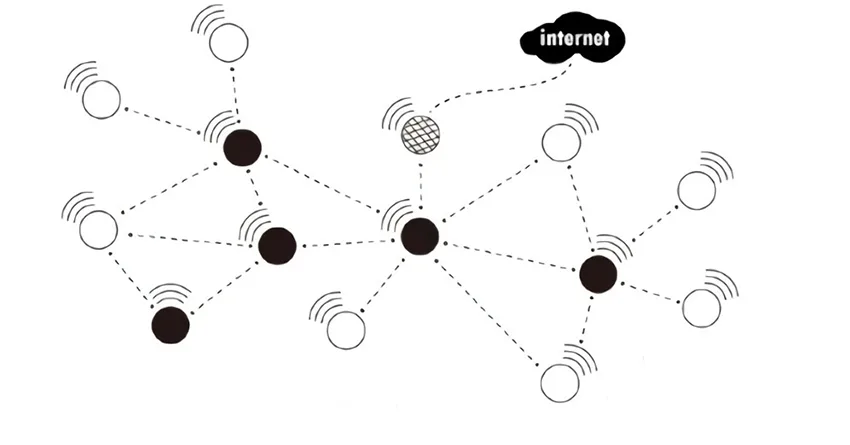
Network initialization process:
• Determine the network coordinator.
• Conduct the channel scanning process.
• Set the network ID.
Nodes join the network through the coordinator:
• Find the network coordinator.
• Send the Associate request command.
• Wait for the coordinator to process.
• Send data request commands.
• Reply to confirm networking.
A node joins the network through an existing node
ZLG Zhiyuan Electronics based on Silicon Lab EFR32MG chip design of ZM32 series ZigBee module, give full play to the advantages of ZigBee protocol, combined with the accumulation of innovation in the wireless industry, ZLG Zhiyuan Electronics can provide customers with three different networking applications.
7. Advantages and disadvantages of Zigbee technology
Advantages of Zigbee technology
• Low power usage: ZigBee devices are very power-saving due to their low transmission rate, the transmission power of only 1mW, and the use of sleep mode, low power usage. ZigBee devices have been estimated to last anywhere from six months to two years on just two sizes of five batteries, which is more than any other wireless device.
• Low cost: The onset of the first purchase of a Zigbee is $6 but will be reduced soon to $1.5 – 2.50. The ZigBee protocol is patent-free. Also, ZigBee is affordable which is essential.
• Short latency: Communication latency and activation from sleep are noticeably short, typically 30ms for search devices, 15ms for sleep activation, and 15ms for active device channel access. The ZigBee technology can be used in the industrial/commercial sector regarding delay requirements.
• Large network capacity: A Zigbee network with a star structure can accommodate up to 254 “Child” devices and one “Parent” device, and up to one hundred Zigbee networks are possible in the same location and the composition is able to be rearranged.
• Reliable: Reserved time slots on a fixed bandwidth make the strategy for Data Collision work seamlessly. Where the plan is implemented, it allows avoidance, making conflicts or collisions a non-issue. The MAC layer includes or incorporates data transmission. Each sent packet must wait for acknowledgment from the receiver. Any issues with the transmission are easily resolved by resending the data.
• Security: The ZigBee ensures packet integrity using a check that is cyclic and the acronym is (CRC). The check is for redundancies. It also incorporates the AES-128 encryption algorithm supporting authentication. Each unit determines its own security features.
The Downside of the Zigbee
• Affordability: Currently, TI is the company that has a generous number of ZIGBEE chip shipments. They are producing them and marketing them at two to three dollars. Keeping the cost below ten dollars is a challenge. The “Parent” and subsequent “Child” nodes can be numerous in the Smart Home setting.
• Stable Data: At this time, Zigbee uses a 2.5G frequency in the ISM frequency band, which is weak when working against diffusion of data and its wall penetrability. In a Smart home setting, the Zigbee is inefficient causing the homeowner to overcompensate and introduce amplifiers that produce toxic radiation while ZIGBEE’s characteristics and or features create a less dangerous environment by itself.
• AD hoc network uses and functions: Zigbee is unique. The network and supports are effective self-recovery features. With that being said, the applications for strategic positioning in the commercial sectors are tremendous. Yet unfortunately, the AD hoc network and its functions are made redundant by fixtures in the Smart Home.
8. The Zigbee Alliance and its’ definition
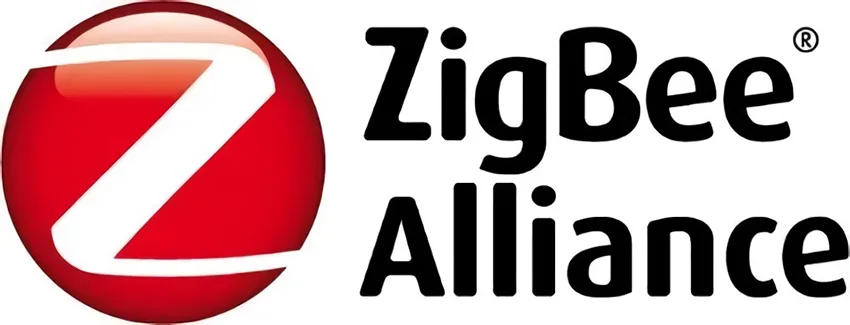
It began in 2002, the Zigbee Alliance is considered an open, non-profit organization.
A sustainable future with the will of the public to propel themselves into greater freedoms for the world, is the underlying goal of the Zigbee Alliance.
9. Where is ZigBee used?
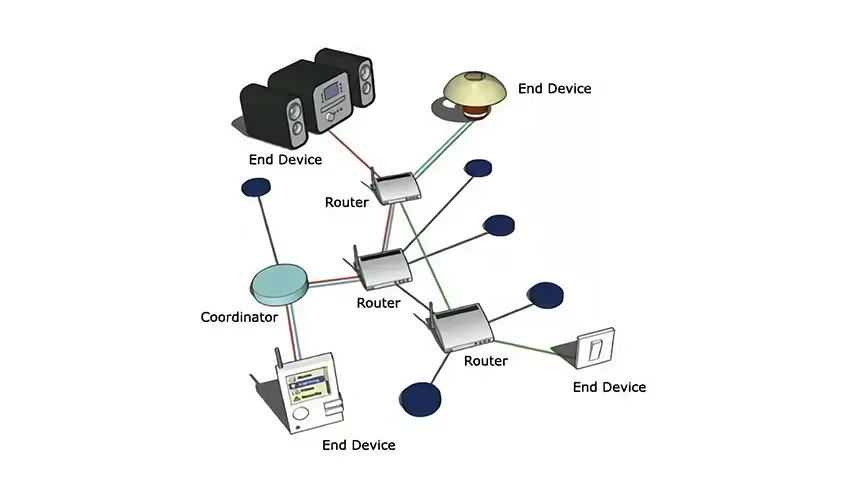
Homes that are automated and synchronized with technology
Smart Homes can have multiple individual pieces of interconnected technology. There may be a smoke sensor, alarm and camera equipment, and the best we could do before was point-to-point control. If you use the ZigBee technology, to link the fixtures, forming a “family”, it is then bridged to the gateway and then allows persons to monitor properties, without excessive tripping hazards or wiring problems.
Medical care
Electronic medical monitoring is a recent research hotspot. Installing a lot of sensors in human body, such as pulse, blood pressure, monitoring, health and environment around the human body, placed by staff to monitor and alert them, such as in the ward environment, so that we can at any time to the person’s physical condition monitoring, once a problem, can in time make a reaction, such as to inform the hospital attendants. These sensors, monitors and alarms can form a monitoring network through ZigBee technology. It is cordless; therefore, the patient has freedom and is efficient.
Sensor Network and where you use it
The Sensor network is a research hotspot, such as cargo tracking, building monitoring (Security), environmental protection, and many other areas of use. Sensor networks are low cost, low power consumption, have automatic networking, easy maintenance, and high reliability.
Wireless ordering system
The Restaurant ZigBee: a wireless node network, through the deployment of ZigBee node devices in the restaurant, bar, kitchen, cash desk, and processing center constitutes a complete wireless communication network, to realize the automation of information processing.
Intelligent traffic control system
Using ZigBee and solar energy combined with a wireless control system; without digging a road layout of control lines or wireless automatic network connections between the equipment not only reduces the system installation cost, but more importantly, avoids the traditional installation of the traffic disturbance caused by economic losses, and also avoids the rapid development of the city. Interference of road expansion and other changes to the original embedded pipeline are eliminated.
Industrial control
The factory environment has a large number of sensors and controllers, which can be connected to a network using ZigBee technology for monitoring, enhancing operational management, and reducing costs.
Automatic meter reading
Reading a meter may be something you are familiar with, such as a gas, electricity, or water meter. Monthly or quarterly readings may be taken, reported to the gas, electricity, or water company, and then charged based on the readings.
10. Zigbee’s history
Zigbee’s predecessor is the “Homerflite” technology launched by industry giants such as INTEL and lBM in 1998
In December 2000, a working group was established to draft the EEE802.154 standard. The Zigbee Alliance arrived in August 2001
Later in 2002, Vensys (UK), Mitsubishi Electric (Japan), MOTOROLA (USA) and Philips Semiconductor (Netherlands) all announced joining Zigbee Alliance to build an improved network standard and call it Zigbee. This was a signpost in the industry.
It’s December 2004, the Zigbee10 or Zigbee2004 is finished. This marked the time when the standard for the Zigbee was developed.
Zig Bee1.0 standard was unveiled. It was downloadable in the fall of 2005. In 2005, Huawei Technologies Co., Ltd., and BM Company joined the Zigbee Alliance. Unfortunately, the product could not produce the required attention regarding the lack of compatibility with older versions.
In December 2006, the standard was revised and Zigbee1.1 (Zigbee2006) was debuted. This was also incompatible with older versions.
In October 2007, another revision of the Zigbee. This time it worked with older versions and became attuned to the needs of many areas, but most importantly: Smart Homes, Residential and Commercial Security applications and meter reading networks.
















